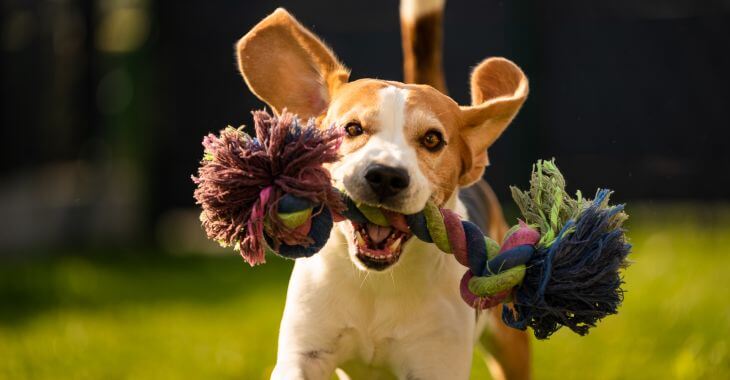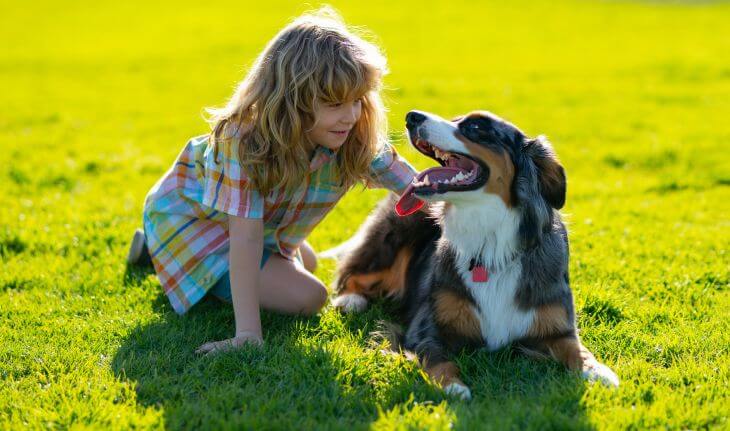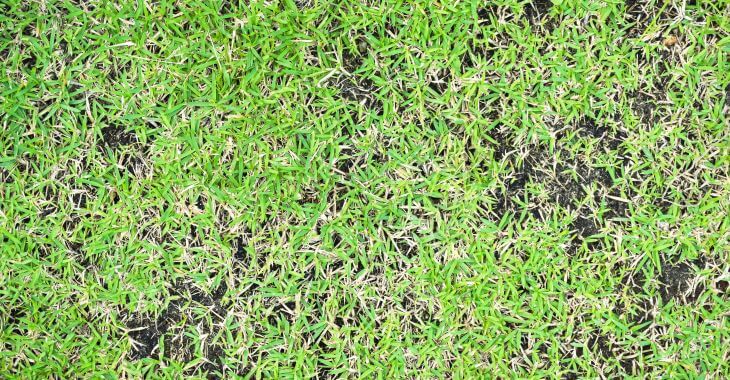Is Lawn Rust Harmful to Dogs?

Lawn rust is a common fungal disease that affects grass, causing orange or yellowish powdery patches. But is lawn rust harmful to dogs? It is important to understand its impact on pets, humans, and the health of your lawn. Here are some of the risks and precautions you should know about lawn rust.
What Is Lawn Rust?
Lawn rust is a fungal infection caused by fungi such as Puccinia or Uromyces species. It appears as orange or yellow dust on grass blades, resembling rust. This condition thrives in warm, humid weather, particularly when the lawn is undernourished or stressed.
While rust on grass primarily affects aesthetics, it can weaken the turf over time. The fungus spreads through spores that can cling to shoes, pets, or tools, making it highly transmissible in outdoor environments. However, what does this mean for your pets?
Lawn Rust and Dogs
Is lawn rust harmful to dogs? The good news is that lawn rust is not considered toxic to dogs. Most dogs can roam on rust-affected grass without serious health risks. However, precautions are still necessary to ensure their safety and comfort.
When dogs walk or roll on rust-covered grass, the powdery spores can stick to their fur and paws. If ingested in large quantities during grooming, these spores may cause mild digestive upset, such as vomiting or diarrhea. Fortunately, this is usually not severe or long-lasting.
To keep your dog safe, wipe their paws and clean their fur after spending time on a rust-affected lawn. Regular lawn maintenance can also minimize exposure and reduce the spread of the fungus.
Is Lawn Rust Harmful to Humans?
Many people also ask, “Is lawn rust harmful to humans?” Like dogs, humans are not at significant risk from lawn rust. The fungal spores are generally harmless to people and are unlikely to cause skin irritation or illness.
However, individuals with allergies, asthma, or weakened immune systems may want to take precautions. Inhaling large amounts of spores while mowing or handling rust-affected grass could potentially trigger allergic reactions or respiratory irritation.
Wearing gloves and a mask while working on an affected lawn can help prevent unnecessary exposure. Washing hands and changing clothes after yard work are also simple ways to reduce contact with the fungus.
How to Identify Rust on Grass
Rust on grass is easy to spot due to its distinct orange or yellow powdery coating on grass blades. It often starts as small spots and spreads, creating uneven discoloration. When you walk across the lawn, the powder may transfer to your shoes or pets.
The fungus tends to appear when grass is stressed, such as during droughts, insufficient fertilization, or poor airflow. Regular mowing, watering, and fertilizing can help prevent the conditions that encourage lawn rust to develop.
If your lawn shows signs of rust, don’t panic. The condition is manageable with proper care and treatment. It’s also good to remember that lawn rust is more of a cosmetic issue than a serious health concern.
How to Protect Dogs from Lawn Rust
Although lawn rust is not harmful to dogs, taking preventive steps can ensure their safety. Cleaning their paws and fur after exposure is the first and simplest step. Regular baths can further help remove any lingering spores.
Avoid letting your dog eat or chew on grass, especially if it’s affected by rust. While ingestion of small amounts is unlikely to harm your pet, reducing the risk is always better. Provide safe chew toys as an alternative.
Maintain your lawn to prevent the spread of rust. Regular fertilization, aeration, and proper watering can strengthen the grass and make it less susceptible to fungal infections. Mow regularly to remove infected grass blades and improve airflow.
Should You Treat Rust-Affected Grass?
Treating rust on grass is not only good for lawn health but also beneficial for reducing potential exposure to pets and humans. Start by applying a nitrogen-rich fertilizer to encourage grass growth and help the lawn recover.
If the rust persists, fungicide treatments can be used to control the fungus. Always follow the instructions on fungicide products to ensure safety for pets and humans. Wait for the recommended time before allowing dogs back on the treated lawn.
Regular raking, watering, and reseeding are also effective measures to restore the lawn and prevent recurring rust. A healthy lawn is less likely to be affected by fungal diseases, ensuring a safer play area for your dog.
When to Consult a Veterinarian
Although lawn rust is generally harmless, monitor your dog for signs of unusual behavior or illness after exposure. If your pet shows persistent vomiting, diarrhea, or other concerning symptoms, consult your veterinarian promptly.
Likewise, if you notice skin irritation or allergies in yourself or family members, seek medical advice. While rare, these symptoms could indicate an allergic reaction to fungal spores.
Taking Control of Lawn Rust
So, is lawn rust harmful to dogs? For the most part, no. Lawn rust poses minimal risks to pets and humans, but precautions like cleaning paws, maintaining lawn health, and avoiding ingestion of affected grass can help ensure everyone stays safe.
Understanding the difference between rust on grass and other lawn issues can help you address problems quickly and effectively. While lawn rust is more of an aesthetic nuisance, proper care and maintenance can keep your lawn healthy and enjoyable for all.

If you have concerns about your dog’s health or the condition of your lawn, don’t hesitate to reach out to a professional like a local landscaper or veterinarian. A little attention to detail goes a long way in keeping your outdoor spaces safe and beautiful.
